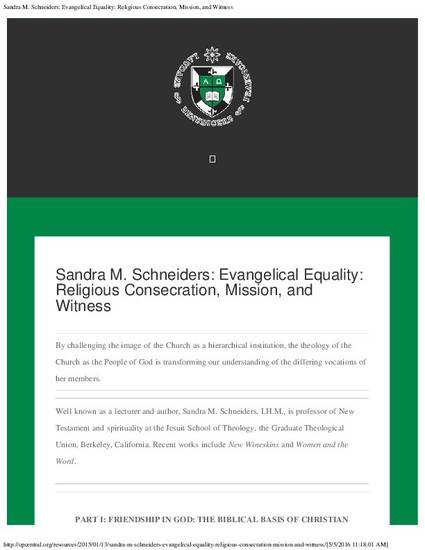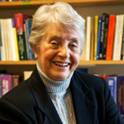
One of the most important realizations that the inner church tensions of the last twenty years has brought home to us is the governing role that ecclesiology plays in our understanding of virtually every aspect of Christian life. Prior to Vatican II, we understood ecclesiology as the clear and indisputable description of a fairly static and unchanging institution. Following the lead of Pius XII, whose groundbreaking encyclical Mystici Corporis(1) revived the biblical-approach to the mystery of God’s People, the Council evoked a variety of Old and New Testament images by which to suggest the richness of that complex reality we call church. Among those images, such as Body of Christ, Spouse of Christ, Temple of God, and Household of the Faith,(2) one has appealed with particular power to the imagination of twentieth century Catholics. This image, the People of God (LG II), and the reasons for its appeal, will be our primary concern in what follows.

PART I: FRIENDSHIP IN GOD: THE BIBLICAL BASIS OF CHRISTIAN EQUALITY